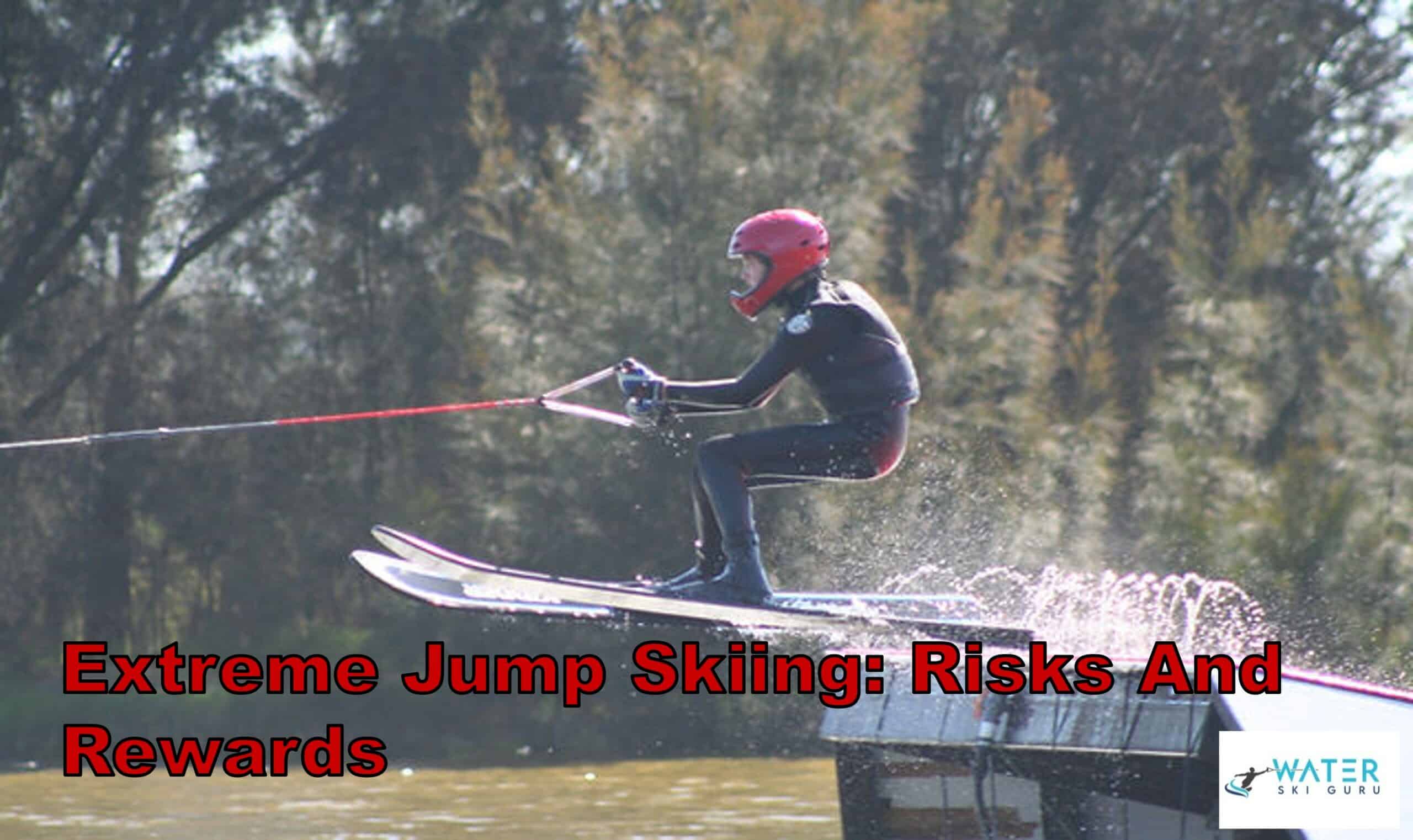I have always been a thrill-seeker, constantly searching for the next adrenaline rush to satisfy my desire for excitement. And when I discovered extreme jump skiing, I knew I had found my new obsession.
There is nothing quite like the feeling of soaring through the air, defying gravity and pushing your body to its absolute limit. It’s a rush unlike any other, and one that only the bravest and most skilled skiers can handle.
But extreme jump skiing is not for the faint of heart. It requires a level of skill and precision that can only be achieved through years of training and practice. And even then, there are still risks involved.
From the moment you approach the ramp, to the split second you launch yourself into the air, the dangers are ever-present. But for those who are willing to take the risk, the rewards are unparalleled.
In this article, I will explore the world of extreme jump skiing, delving into the risks and rewards of this exciting and dangerous sport.
Approaching the Ramp
As a jump skier, I need to know the three ways to approach a Jump Ramp – single cut, three-quarter cut, and double cut. Each approach has its own benefits and risks.
The single cut approach involves a straight path towards the ramp, allowing for maximum speed and distance, but also increasing the risk of a crash.
The three-quarter cut approach involves a slight turn towards the ramp, allowing for a balance between speed and control.
Lastly, the double cut approach involves a sharp turn towards the ramp, allowing for maximum control but sacrificing speed and distance.
In addition to knowing the approach, I must also know how to control the timing of the extra power needed from the boat to compensate for drag. Skiers need extra power from the boat to overcome the drag caused by the skier and the ski equipment.
By controlling when the extra power comes on, skiers can optimize their speed and distance while maintaining control. This requires precise communication between the skier and the boat driver, as well as a deep understanding of the physics involved in jump skiing.
Timing control and boat power compensation are essential skills for any jump skier looking to push their limits and achieve greatness in this extreme sport.
Training and Gear
I use three different modes of training to prepare for water ski jumping: going over the ramp, cut’n’pass, and open water cutting. Each mode helps me improve a different aspect of my technique. Going over the ramp allows me to practice my timing and control, cut’n’pass helps me with my speed and direction, and open water cutting improves my balance and endurance.
I make sure to vary my training routine regularly to avoid getting stuck in a rut. Jump ski equipment is crucial for my safety and success in the sport. I always wear a jump-suit or wetsuit with padding and buoyancy, a full-face helmet, gloves for grip and protection, and a jump belt to help me stay upright.
My skis are specially designed with a honeycomb-shaped arrangement of carbon material inside for lightness and strength, and long and thick fins for stability. I always test my personal rope for regulation tolerances and use a Spectra rope with no stretch for jump skiing.
Every piece of equipment I use has been carefully selected and tested to ensure that I can perform at my best while staying safe.
Injuries and Risks
It’s always a great feeling to snap a femur or pop a hip out, especially when you’re trying to set a personal best in water ski jumping. But in all seriousness, the risks and potential for injuries in this extreme sport cannot be ignored.
As jump skiers, we subject ourselves to forces of up to 4 G and load 600kg/1300lbs of pull on the ski rope. Here are a few things to keep in mind when it comes to the risks and potential injuries involved:
- Jump water skiing is one of the most extreme sports in the world in terms of injuries. It’s not uncommon to see skiers snap a femur or dislocate a hip during a jump set.
- To minimize the risks, it’s important to take preventative measures. This includes wearing a full-face helmet, padding and buoyancy sewn into the jump-suit/wetsuit, and using gloves for grip and hand protection.
- Mental preparedness is also key when it comes to minimizing the risks. Skiers need to be calm and focused during the adrenaline rush of approaching the jump ramp and be aware of their limits to avoid pushing themselves too far.
- At the end of the day, the reward of jump skiing is worth the risk. But as jump skiers, we need to take the necessary precautions to ensure that we can continue to do what we love.
Frequently Asked Questions
How long does it typically take for a skier to become proficient in jump skiing?
Becoming proficient in jump skiing requires time, dedication, and proper training techniques. It’s crucial to have the necessary equipment requirements, including specialized skis, fins, bindings, a jump-suit/wetsuit, helmet, jump belt, gloves, and handle/rope. With consistent practice and determination, it can take anywhere from a few months to a few years to achieve proficiency in this extreme sport.
What is the process for selecting and preparing a jump ramp for competition?
Before a competition, I meticulously select and prepare the jump ramp for optimal performance and safety. Ramp construction must meet strict regulations, and safety measures including padding and ramp angle ensure a successful jump.
How do weather conditions, such as wind and waves, affect jump skiing performance?
Wind resistance and wave height greatly affect my jump skiing performance. High winds increase air drag and make it harder to get distance, while large waves make it difficult to maintain balance and control. Precise navigation and skill are essential for success.
Are there any specific nutrition or fitness requirements for jump skiers?
As a jump skier, my nutrition needs and training regimen are crucial for peak performance. I focus on high protein and complex carbs for energy, and strength training for explosive power. Consistent practice and proper fueling are key to success.
What is the history and evolution of jump skiing as a sport?
The origins of jump skiing can be traced back to the 1920s, but it wasn’t until the 1950s that it became a competitive sport. Influential athletes like Bob Corson and Freddy Krueger pushed the limits and evolved the sport into what it is today.
Conclusion
In conclusion, extreme jump skiing isn’t for the faint of heart. As someone who’s experienced the rush of flying through the air on skis, I can attest to the risks and rewards of this thrilling sport.
The feeling of freedom and adrenaline as you approach the ramp is indescribable. It’s like jumping out of a plane, but with the added challenge of landing on skis.
However, with the reward comes the risk. Injuries are common, and the danger is very real. But for those who are willing to take the risk, the feeling of accomplishment and the thrill of the jump make it all worth it.
Jump skiing is not just a sport, it’s a way of life. It’s a community of passionate and dedicated individuals who push themselves to their limits and beyond.
So if you’re looking for an adventure and you’re willing to take the leap (literally), jump skiing may be the perfect sport for you. It’s an experience like no other, and one that will leave you with memories that will last a lifetime.

